I will be doing the former method when I make the Bear Paw blocks in a bit, so I decide to try the latter method for the Delectable Mountains. It seems pretty easy, I think... Narrator Voice: "She didn't know how wrong she was!" THE DELECTABLE MOUNTAINS
For American quilters in the 1800's, this imagery was poignant. In the 1830's-50's, the spirit of the country was all Westward Ho! and Go West Young Man, and wagon trains heading across the great plains. The mountains of their world were the Appalachian range at their backs, and the Rockies, Cascades, and Sierras in their view. Their lives were hard and dangerous, their futures uncertain. Bunyan's Delectable Mountains were a reminder that their lives were a journey toward spiritual maturity and God, that they were part of a noble pilgrim's progress, on the right track, following their manifest destiny, that they would find rest in clean pastures when they passed through their trials. The Delectable Quilt Block was a common one in this time, as a result of these feelings. I choose this block for my quilt for more aesthetic reasons. As I get to the green bottom of the design, I want blocks that are spiky like grass or like dandelion leaves. The Delectable Mountains, especially if I use only half of the "mountain", remind me of blades of grass. MATH PATH The Quilter's Guild Instructions that I find result in a rectangular, symmetrical block, but I want a square, so I start my math with a page of instructions from Fons & Porter's Love of Quilting magazine: Fons & Porter's instructions yield an unfinished block that's 8.5" square. If I want my unfinished block to be 12.5" square, I need to adjust all the measurements a bit. I do a bunch of figuring and decide that I should start with two 15" squares. I'll sew and trim them into two 14" HSTs, and then cut them vertically and trim the strips to 12.5" tall by 3.5" wide. When I sew the vertical strips together, I lose 1.5" to seam allowances, making it a 12.5" square. So far, so good. The tricky math comes when I try to figure out how much to cut for my starting HSTs. My first instinct is to cut 15" strips along the Width of Fabric (WOF). If I cut enough for three squares (in medium and dark green), I'll have six HSTs when I only need five. Is there a better way to cut? Blossom Heart Quilts gives me another idea. I could strip piece my HSTs instead of doing them square by square. Here is the math from that site: What's this, algebra?! I don't know how to solve for x when there's a square root in there! What do I look like, an intelligent person with access to the collected knowledge and information of most of the human race at her fingertips-- okay, yeah, I see what you mean. I spend far more time than I'm willing to admit searching for math tutorials online, trying out different calculators, and comparing my results with a ruler to my actual quilt blocks to see if they "seem right" (see my math below). I put the Blossom Hearts' equation in a box, and do the math their way (their instructions suggest I should put the square root of 2 as the denominator under my u-squared figure), but that results in me cutting strips of 79" wide, which is ridiculous! So I cross that out. Then I do "square root of x squared" on one side of the equation, and do the same "square root of" operation on the other side, because that's how algebra works. That gives me a more reasonable number (10.6"). In the end I think I'll need to cut two strips of medium and dark green, in 11.25" wide strips. When I sew them together at both long ends, I'll lose a half inch to seam allowance, and the width between the stitches will be 10.75". My x-height is 10.6", so that gives me a little wiggle room. Next I have to decide how long my strips need to be. I need 5 HSTs when I'm finished, but they nest neatly in each other as I cut them, so I do the math for three, knowing that the other two will nest in the in-between spaces. A 15" square is also 15" on its diagonal, so I do 15 times 3 equals 45". My strips would need to be at least 45" long, assuming I cut very neatly. But what if my fabric is only 44" wide? Actually, some quilting cottons are even narrower, so as I've been calculating yardage for these cuts I've always been assuming 40" WOF, just to be on the safe side. Then I'll need to cut two strips of 11.25" wide, and the second strip will be mostly scrap. Incidentally, if a 15" square is 15" on its diagonal, and the x height is the measure from the center to the corner, why wouldn't that just be half of 15"? Why did I do a Pythagorean equation to come up with 10.6, instead of just assuming 7.5?! I pull out a large square ruler and look at it in befuddlement. If I want my edges to be 15 inches, and the final cut to be square, then ACCORDING TO THE RULER, I need a strip that's 7.5 inches high. Add a half inch for seam allowances, and that means I cut an 8" wide strip. Did I do the math wrong? Did I misunderstand the tutorial from Blossom Heart Quilts, and if I'd followed it right would I have gotten 7.5" instead of 79.225"?! Why is math so confusing and counterintuitive? After all the this figuring, I don't think I've saved much fabric. Let's say I do square-by-square piecing: I cut two strips of 15" wide, and wind up with some leftover (and a spare HST that I don't need). Let's say I do strip piecing, using my own math: I cut two strips of 11.25" wide, and wind up with some leftover, but not sewn into a HST. Let's say I do strip piecing using the measurements on my ruler (ignoring my math): I cut 2 strips of 8" wide, and wind up with leftover strips. In the strip piecing cuts, I save a bit of yardage from the bulk of my fabric. So which should I do? I like my ruler because I'm visual and I can see how it works. I have more faith in the ruler than I do in my own math. So I could cut 8" strips, and sew them together leaving 7.5" between the seams. But because I might not sew straight, I widen my strips to 8.5", and that way I have wiggle room, and can trim my HSTs down to size as needed. BUT FIRST... I need to do more math to make sure I have the right amount of fabric I need for the rest of my blocks, before I cut anything. Alas. So I'll publish this post for now, and keep plugging away with paper and calculator.
3 Comments
The Sister
6/22/2021 11:26:55 am
I find it more than amusing that quilting is requiring you to do advanced mathematics. That is too awesome.
Reply
Cyndy R
8/1/2023 11:42:47 pm
The Quilters Guild had an excellent pdf on how to figure a delectable mountain either by the width or height. Unfortunately they took the pdf down. It was such a great resource.
Reply
Leave a Reply. |
Karen Roy
Quilting, dressmaking, and history plied with the needle... Sites I EnjoyThe Quilt Index Categories
All
Archives
March 2024
|
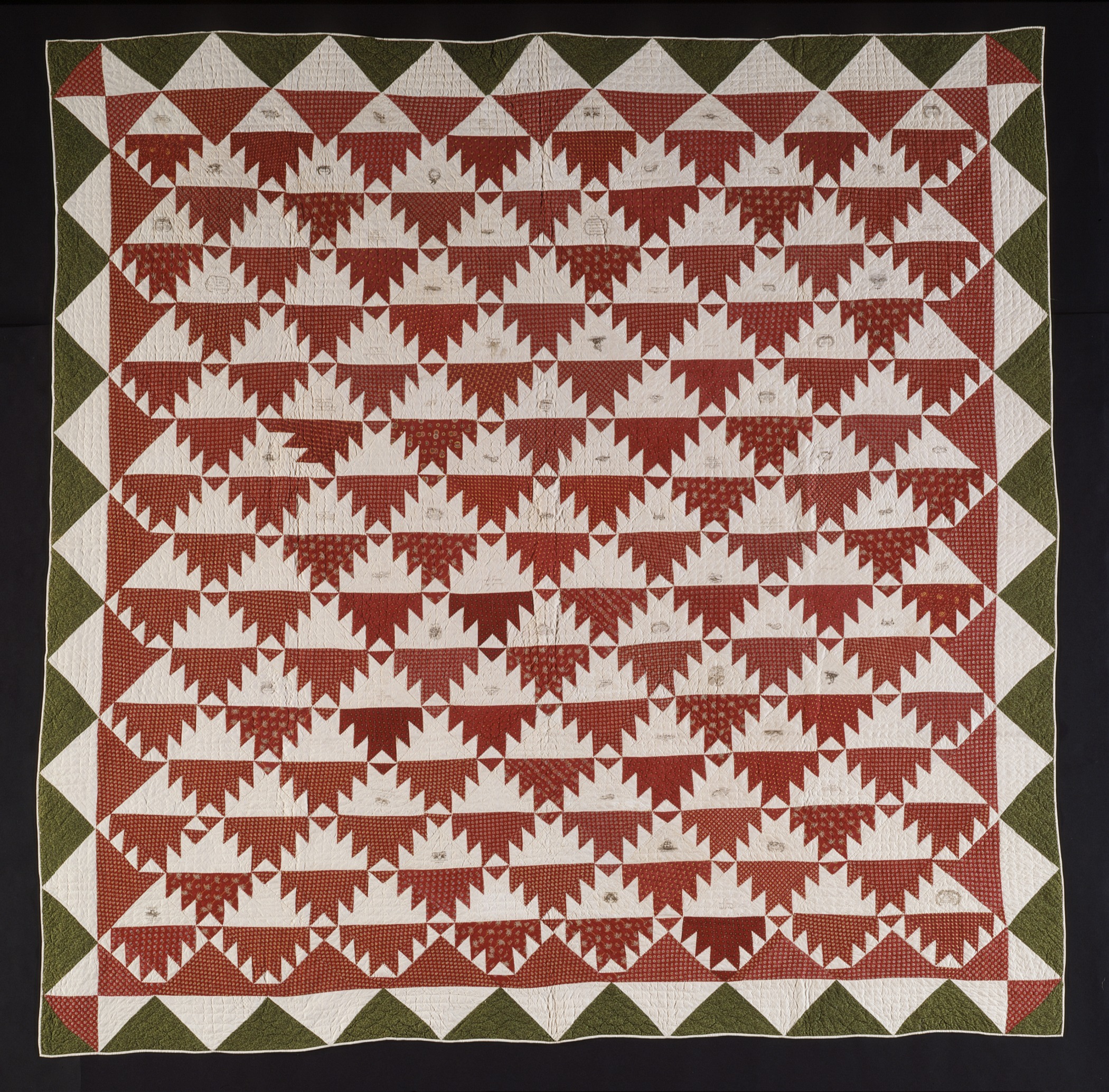
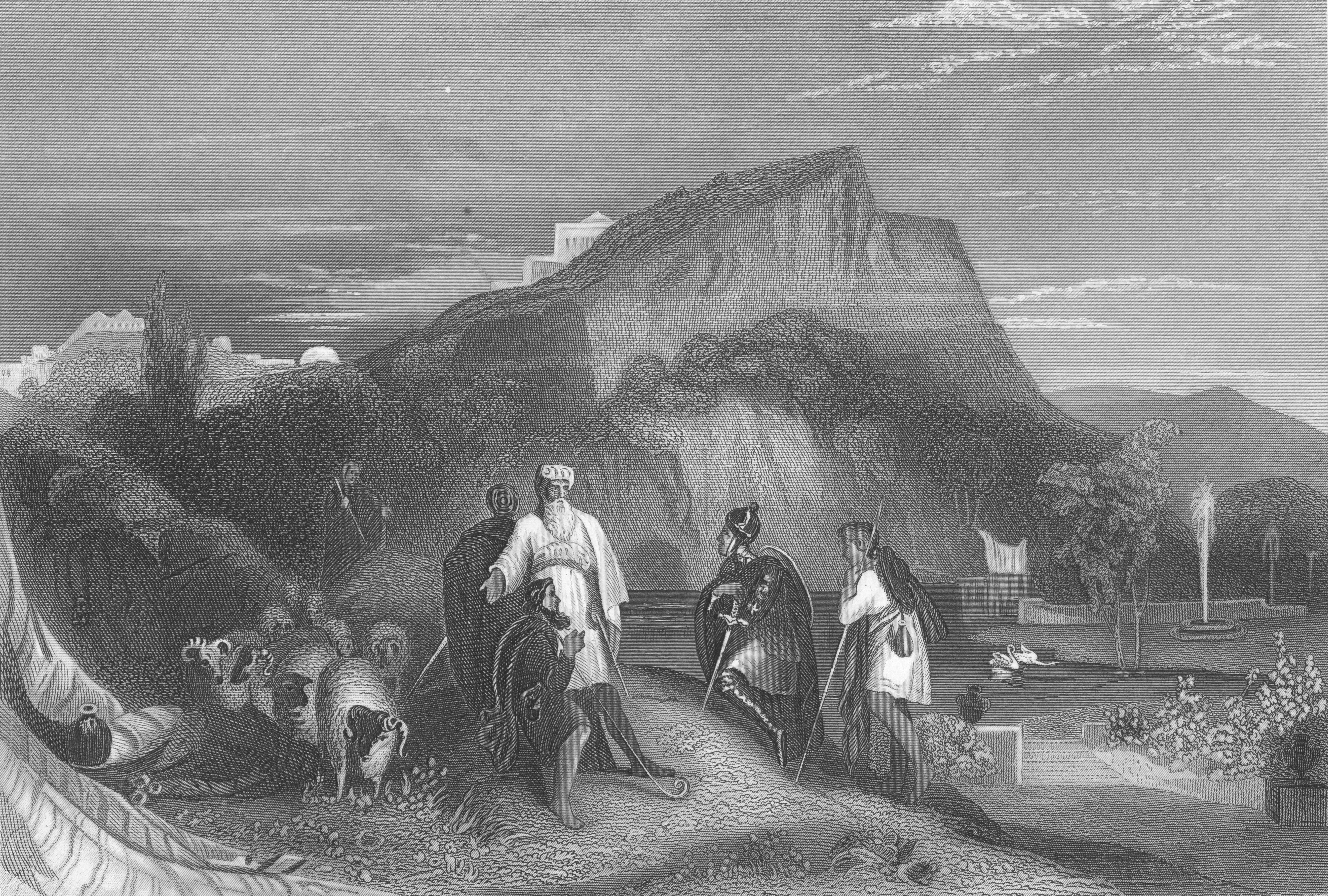
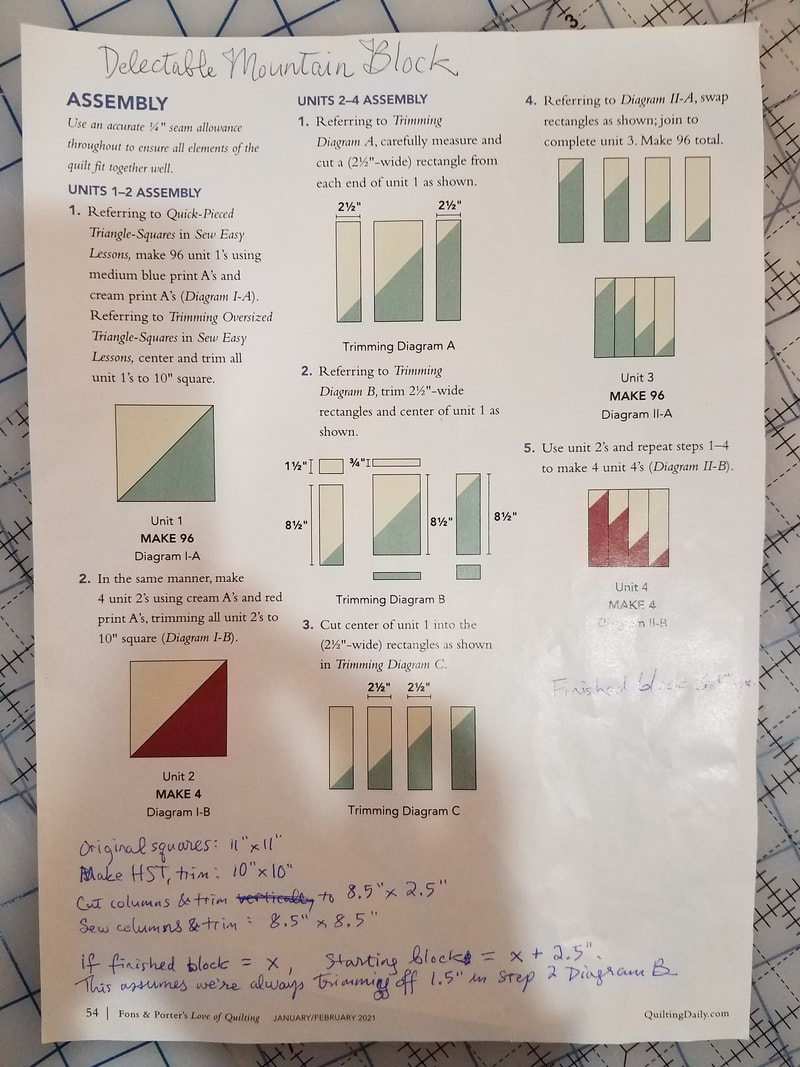
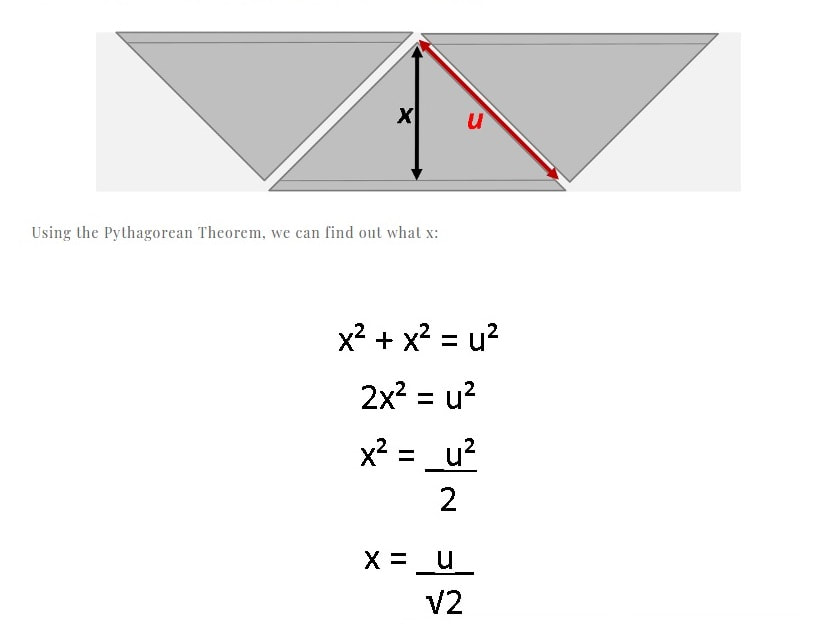
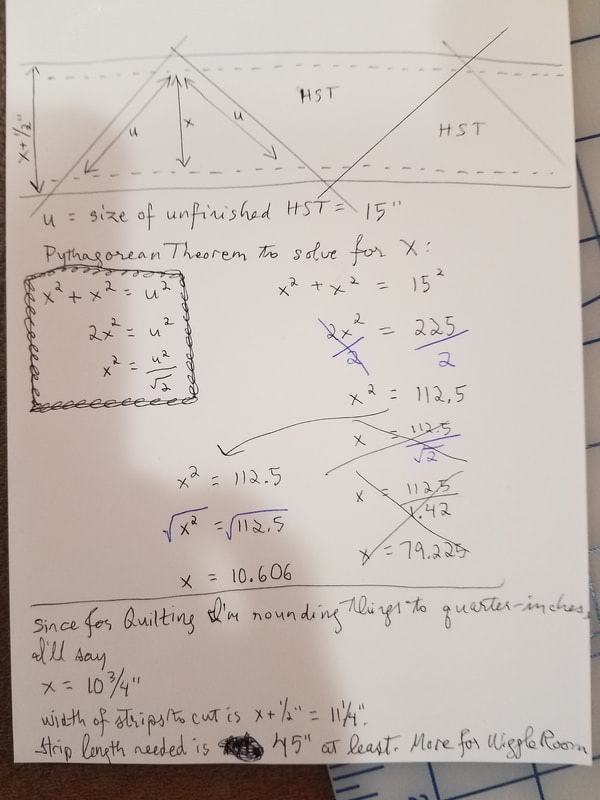
 RSS Feed
RSS Feed